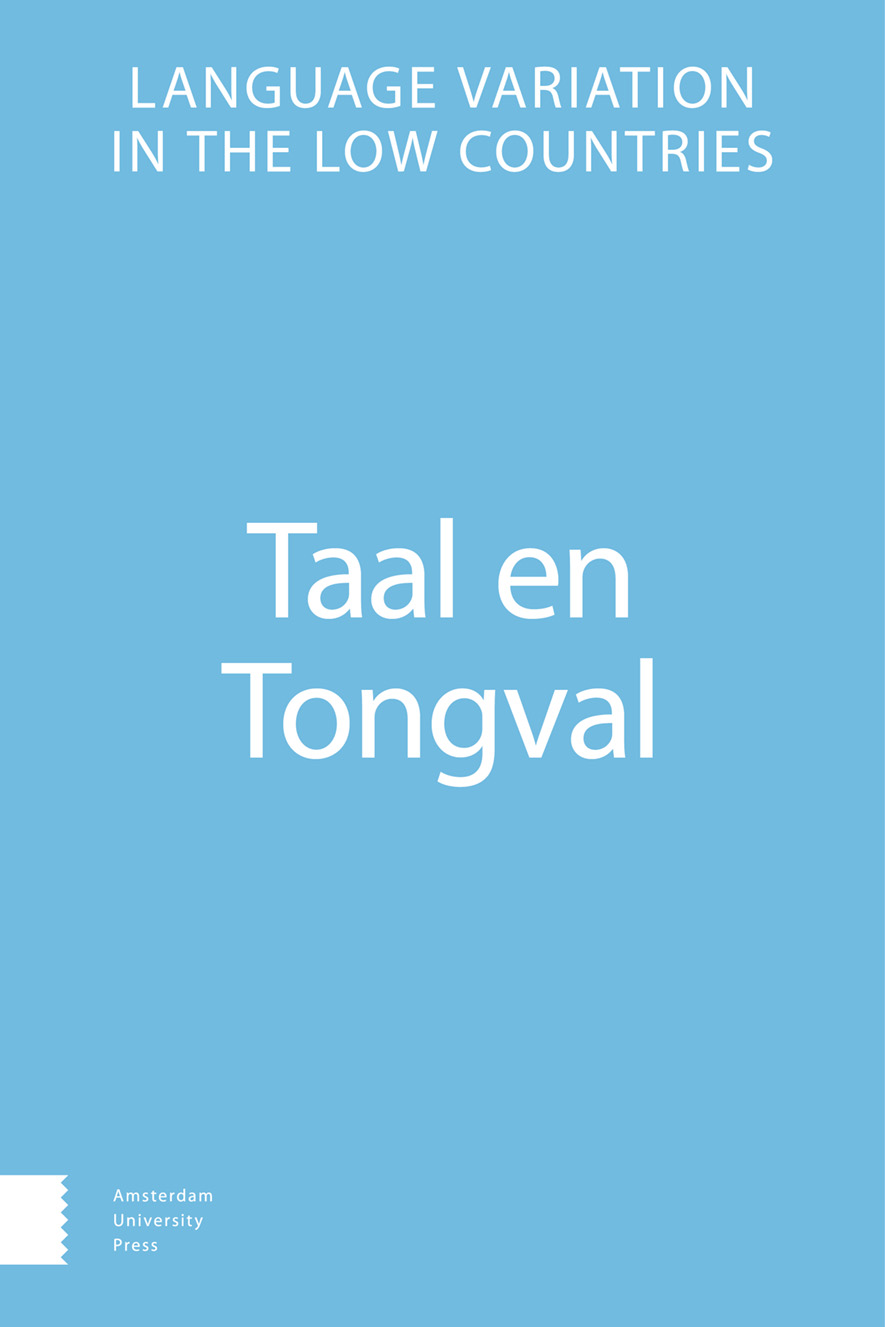-
oa Ethnolect speakers and Dutch partitive adjectival inflection
A corpus analysis
- Amsterdam University Press
- Source: Taal en Tongval, Volume 67, Issue 2, Dec 2015, p. 343 - 371
- Previous Article
- Table of Contents
- Next Article
Abstract
This study applies the methodology described by Gries & Deshors (2014) within the framework of the Contrastive Interlanguage Analysis (Granger, 1996) to the partitive genitive inflection in post-quantifier adjectives in the Moroccan Dutch ethnolect. This implies fitting a logistic regression model on data from the complementary ConDiv and Moroccorp corpora to investigate the differences between the L1 variety and the (early L2/2L1) ethnolect variety. It was found that the Moroccan Dutch language users do not differ from ‘ordinary’ Dutch language users in the realisation of the partitive genitive -s suffix, neither through an outspoken preference for one of the inflectional variants, nor in the factors determining the alternation. This is considered a rather surprising result, as such differences do exist for a number of other grammatical phenomena (Cornips and Rooij, 2003; Van de Velde and Weerman, 2014). This finding can tell us something about the inflectional status of the partitive genitive. It appears that it is less non-transparent than other quirks in adjectival inflection.


